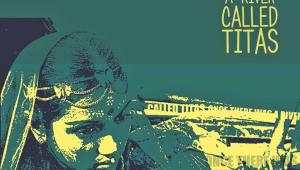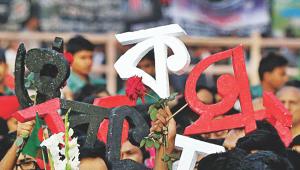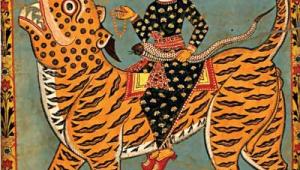Adaitwa Mallabarman - An author of the soil
Adaitwa Mallabarman became a renowned author in Bangla literature for his magnificent and unparallel work Titas Ekti Nadir Nam (A River Called Titas). Unfortunately, this path-breaking novel, in terms of representation of a local culture, was not published during the author's lifetime. Adaitwa was from Malopara fishermen community in the village called Gokorno under the former subdivision of Brahmanbaria. The novel was published in 1956 after 5 years of his death on the initiative of his friend Subodh Chowdhury who was a Professor of Bangla in Jadavpur University at that time.
13 January 2017, 18:00 PM
'I am human'
Language represents locality, kinship, clan, lineage and other socio cultural aspects of all human societies around the world. And in our
26 February 2016, 18:00 PM
Gazir Gaan: Representation of tolerance and social equality
The notions of equality and tolerance are embodied in Bangla folk wisdom and music tradition.
13 April 2015, 18:00 PM








